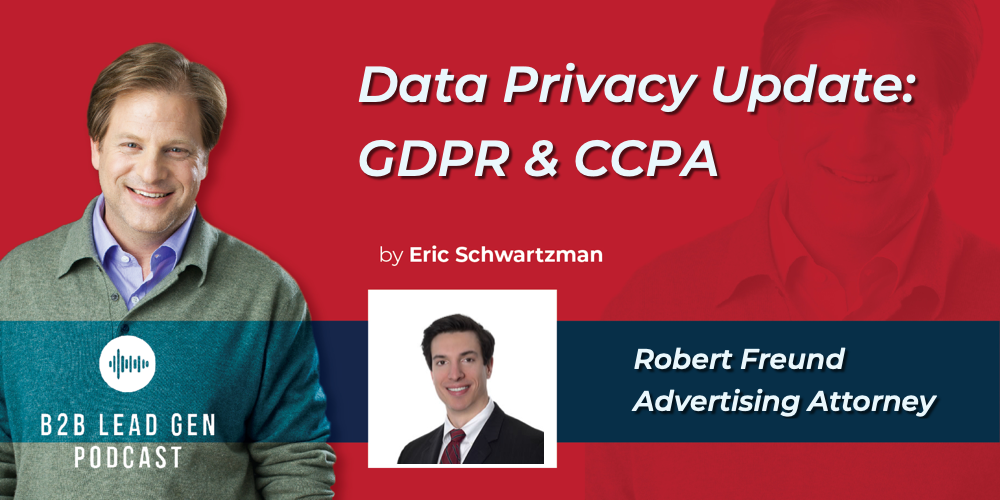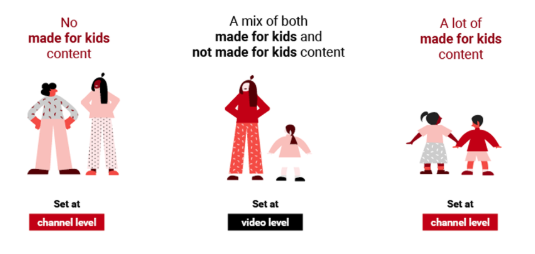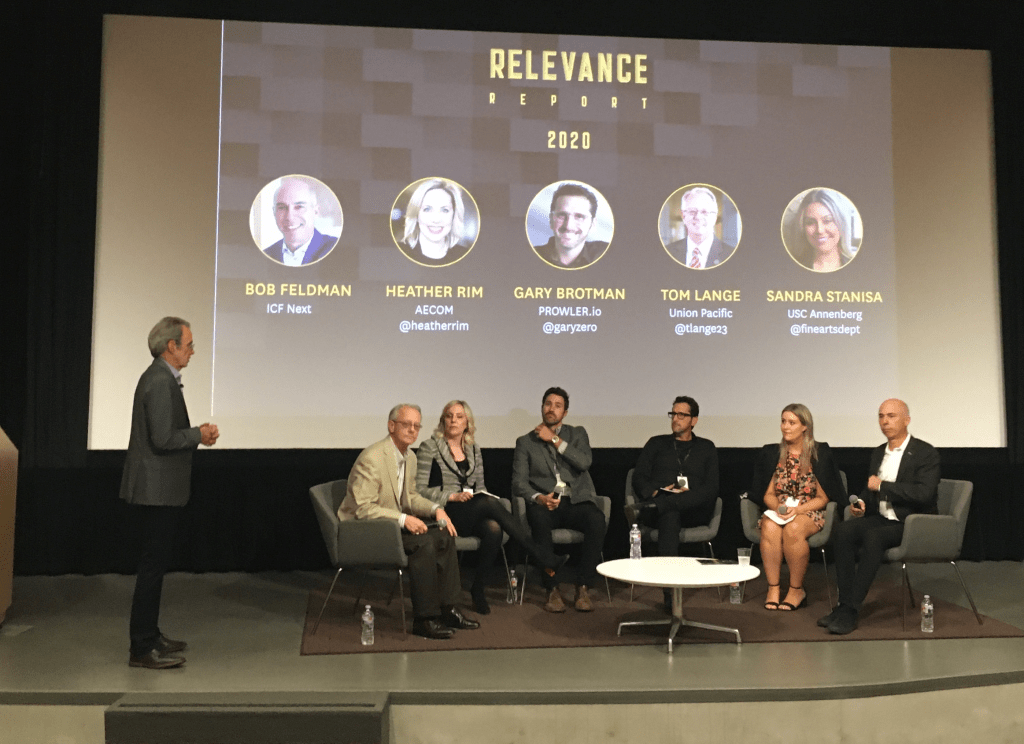Social Media Training
Unlock the Power of Social Media: Master Your Digital Presence!
-

SEO Training Courses: Internet Marketing Gold Review (with Promo Code)
If you want to learn how to optimize your digital marketing efforts on WordPress, Shopify, and Google Business Profile so you can drive more organic traffic, read this post about Internet Marketing Gold, which is a new SEO training course library that is amazing. I’m getting so much value out of it, that I decided […] -

GDPR & CCPA Compliance Requirements – What You Need to Know
If you’re marketing to a variety of online audiences, you’ve probably heard the term GDPR by now. But what is GDPR? What’s CCPA? And how do they impact you and your digital marketing team? CCPA compliance requirements often get overlooked. But they shouldn’t. Fines and penalties, while rare, could put you out of business if… -

Getting Actionable Business Insights from Social Media Analytics
With dozens of social media monitoring platforms to choose from, selecting the best solutions is a daunting task. Weighting features by priority and figuring out which platform does what is tough when it comes to social media monitoring, because there’s not much in depth information available you pick. There’s a ton of general information out… -

Sara Lee’s Instagram gets Trolled after Harry Styles SNL Skit
You know social media meltdowns are mainstream when Saturday Night Lie does skits about them. On the last show, recording artist Harry Styles plays Dylan, a social media manager who goes “a little off message” in how he “represents the brand” on Instagram. “People love bread content,” says Dylan, while Styles tries not to bust… -

Youtube Rolls Out “Made for Kids” Audience Setting
To enforce the Children’s Online Privacy Protection Act (COPPA) Rule, Youtube has introduced a new “Made for Kids” audience setting in Youtube Studio to ensure content creators identify content for children so they have a way to limit the amount of personal information they collect from those accounts. Starting January 2020, Made for Kids content… -

Ethics and Compliance are Central Themes of New USC Annenberg Center for PR Report
Seventeen of the 30 essays in this year’s Relevance Report 2020 from the USC Annenberg Center for PR deal with ethics and compliance issues public relations professionals face as a result of technology. There are anecdotes about corporations going rogue, marketers ignoring disclosure regulations and app makers violating privacy law. Truth in Social Advertising Let’s… -

Cambridge Analytica and Personal Privacy
Digital marketers have been profiling consumers psychographically for some time now. But the Cambridge Analytica Facebook Psychographic Advertising Controversy marks the first time people appreciated the risks. By making it easier than ever to share your thoughts, ideas and activities online, social media blurs the lines between public and private information. Cause while social networks… -

Rapper Desiigner Gets Sued for Talking Smack on Instagram
Ever wonder if you can sue someone for talking bad about you on the internet? Well you came to the right blog post. I’m glad you’re here. But you have to read it to the end for the full answer. Cause the fact is, it depends. Name calling and character assassination on Instagram can lead… -
Facebook Tips for Financial Advisors
If you want to find “money in motion,” Facebook is an excellent place to do it. While you may not choose to share business-oriented posts on Facebook, if you’re connected to your clients and prospects, it’s a great way for Financial Advisors to use social media as a way of keeping an eye on developments…